Long Term Effects Of Kawasaki Disease
Long term effects of kawasaki disease. Myocardial infarction occurs most commonly in the first year after disease onset with the highest risk period being 15-45 days after disease onset. The good news is recognizing and treating the disease early can greatly reduce the risk of long-term effects on your childs heart. During follow-up ischemic heart disease developed in 47 and myocardial infarction in 19.
It is also known as mucocutaneous lymph node disease. Long-term consequences of Kawasaki disease. The complications associated with Kawasaki disease are mainly related to the heart.
Less than 2 of patients experience coronary artery enlargement that carries over into adulthood. Goals of long-term management are to prevent coronary thrombosis and treat myocardial ischemia and associated complications. Kawasaki disease is a mysterious illness of unknown cause although some scientists suspect that the cause may be an infection such as a virus or a toxin from a bacterium.
It affects medium-sized vessels and is characterized by hypercytokinemia. Swelling of the hands and feet. Setting A tertiary care pediatric hospital in Ottawa Ontario.
Kawasaki disease can affect the heart by causing the following complications. Kawasaki Disease affects children almost exclusively and most patients are under 5 years of age. Long-term effects of Kawasaki disease however can include heart valve issues abnormal heartbeat rhythm inflammation of the heart muscle and aneurysms bulges in blood vessels.
It is most often accompanied by the following signs. Kawasaki disease KD is a vasculitis that is part of systemic vasculitis syndrome. Long Term Effects of Kawasaki Disease New information has led us to believe that for a subset of patients who had some abnormalities of the echocardiogram in childhood there can be cardiovascular complications years after the acute phase of illness as a result of inflammation and scarring of the heart and blood vessels.
Kawasaki is a health problem which is mainly found in children in this problem the blood vessels of the body starts to swell and cause infection in the. Red mouth lips and throat.
Although the etiology of KD remains unidentified epidemiological features point to the role of infection and genetic predisposition.
Participants Thirty-two patients with a past diagnosis of Kawasaki disease. Other series have reported both symptomatic and asymptomatic coronary artery occlusion in regions of previous aneurysms2223 coronary artery stenosis24 coronary artery calcification25 diastolic dysfunction26 and sudden death27. Several reports indicated abnormal changes in systemic vascular physiology in Kawasaki disease patients with persistent or regressed coronary lesions including increased wall thickness and decreased distensibility of carotid arteries 131132 and increased stiffness of central and peripheral arteries with enhanced wave reflections. Kawasaki disease is a very serious disease that causes inflammation in the blood vessels throughout the body including the coronary arteries. This sometimes affects blood vessels outside of the heart. Diagnosis Treatment and Long-Term Management of Kawasaki Disease. Design Cohort analytic study. Kawasaki disease is a rare illness that typically strikes children younger than age 5. It affects medium-sized vessels and is characterized by hypercytokinemia.
Kawasaki is a health problem which is mainly found in children in this problem the blood vessels of the body starts to swell and cause infection in the. Swelling of the hands and feet. The complications associated with Kawasaki disease are mainly related to the heart. Kawasaki Disease affects children almost exclusively and most patients are under 5 years of age. The good news is recognizing and treating the disease early can greatly reduce the risk of long-term effects on your childs heart. Death occurred in 08. It is most often accompanied by the following signs.

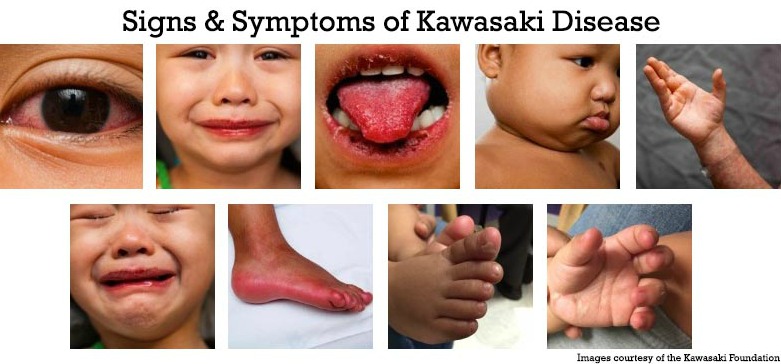





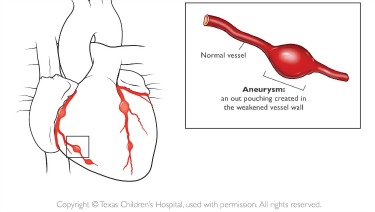
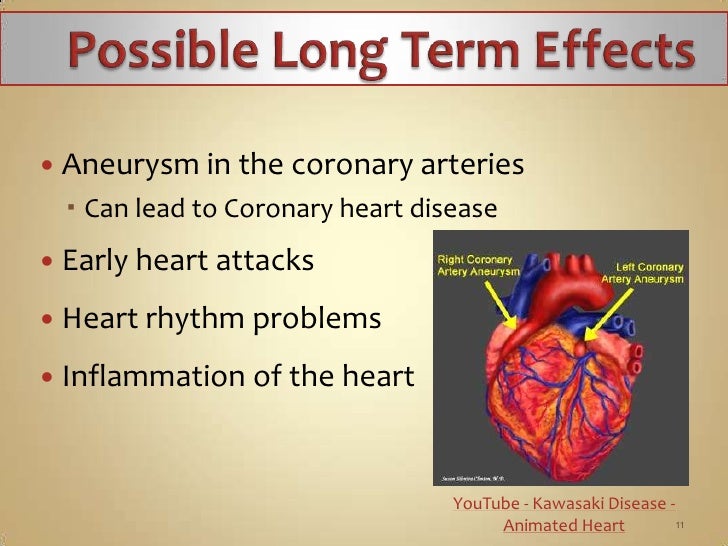


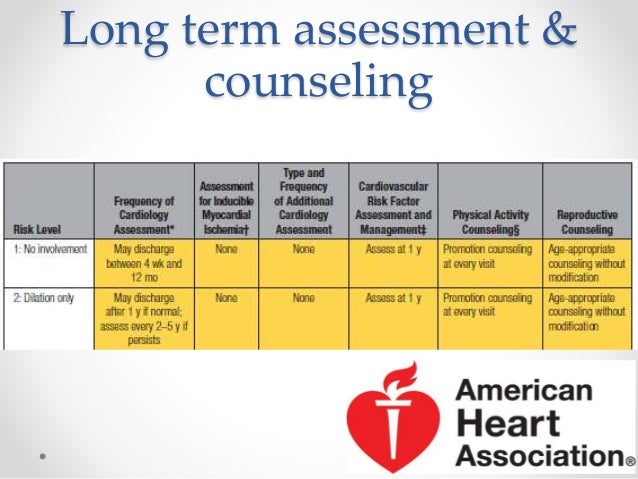




/departments/medicine/demystifying-medicine/kawasaki-disease.jpg?sfvrsn=1379ef30_0)





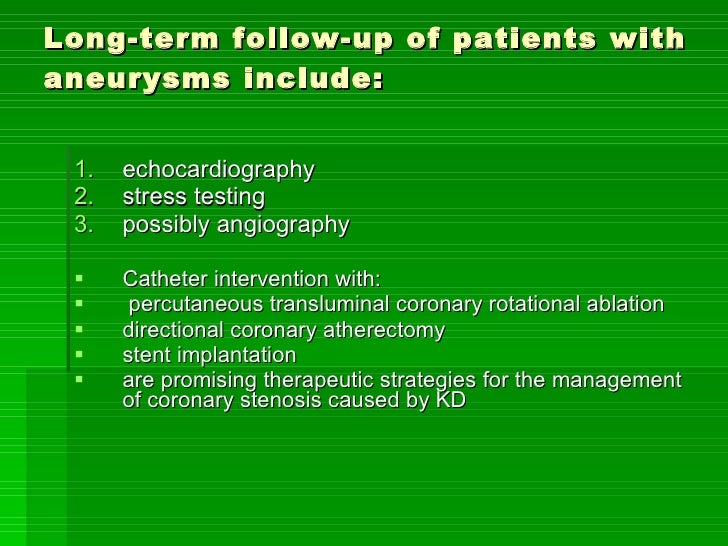

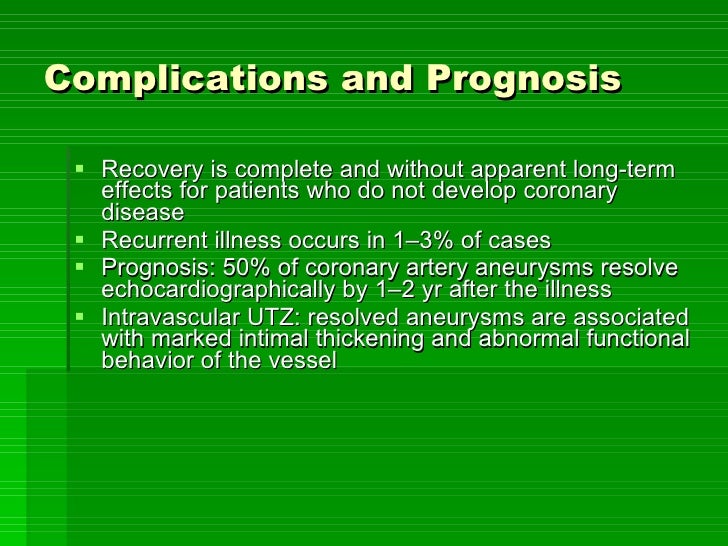
/cdn.vox-cdn.com/uploads/chorus_asset/file/19952603/Scarred_Lungs.jpg)


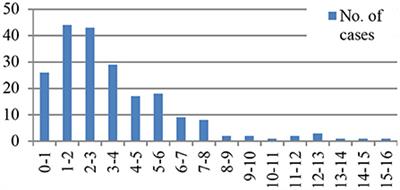


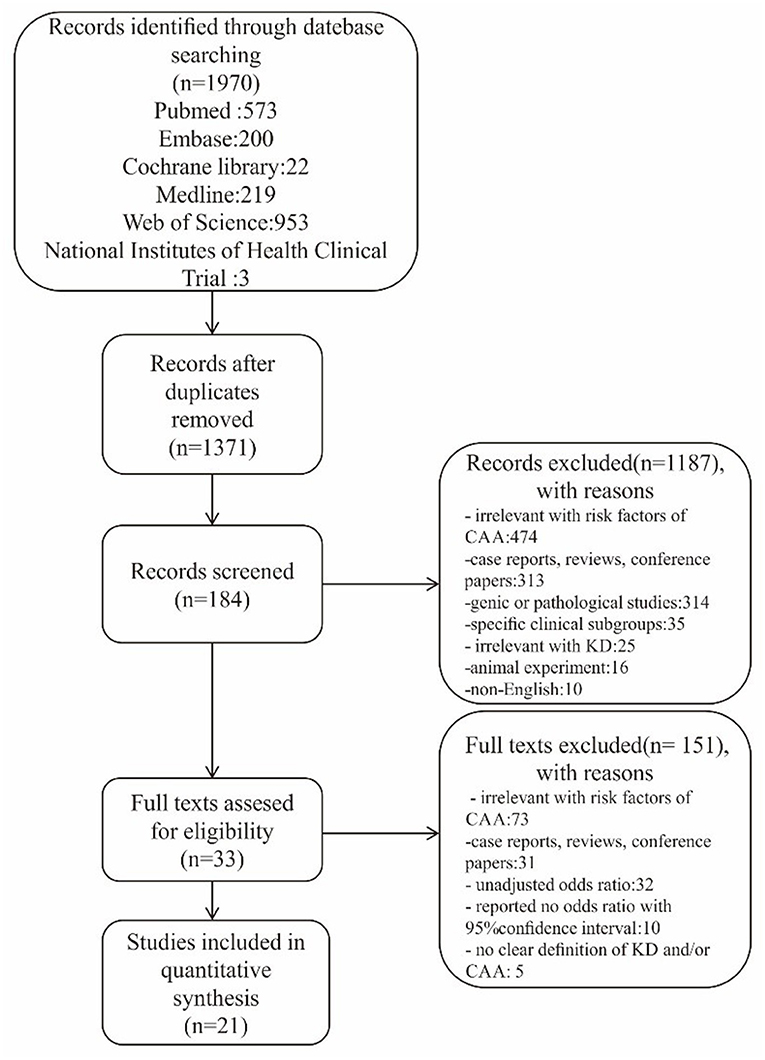
:max_bytes(150000):strip_icc()/pink-eyes-579eb0655f9b589aa9d86e52.jpg)



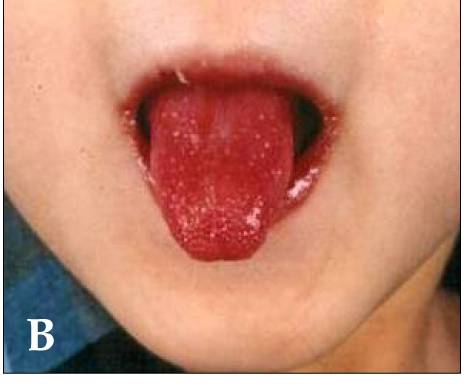








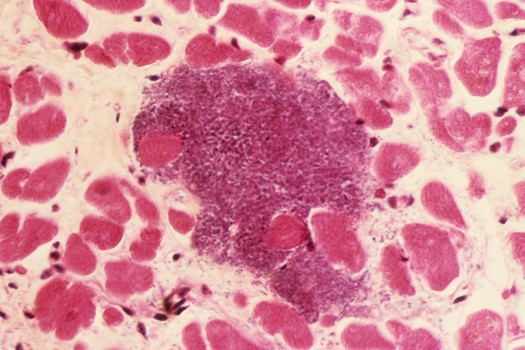

Posting Komentar untuk "Long Term Effects Of Kawasaki Disease"